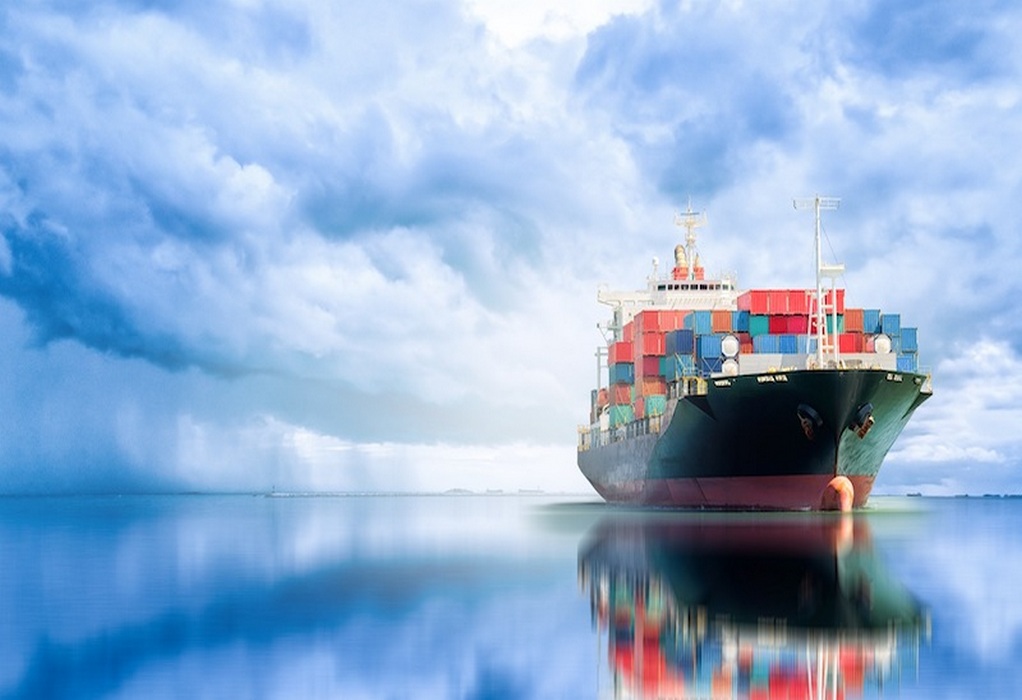There cannot be many people left in the shipping sector unaware that the International Maritime Organisation (IMO) has set a target of reducing annual greenhouse gas emissions in shipping by at least 40% by 2030 and pursuing a 70% reduction by 2050.
As a key means of achieving this, the IMO, through the Marine Environment Protection Committee (MEPC) has adopted amendments to the International Convention for the Prevention of Pollution from Ships (MARPOL) Annex VI. These changes will implement major new technical rules called the Energy Efficiency Existing Ship Index (EEXI) and the Carbon Intensity Indicator (CII). The regulations are due to come into force on 1 January 2023, just over a year from now.
Put simply, EEXI is a framework for determining the efficiency of the design of in-service vessels over 400 GT falling under MARPOL Annex VI. The CII is an operational measure of how efficiently a ship transports goods or passengers measured, in essence, in grams of CO2 emitted by cargo-carrying capacity and nautical mile.
Both EEXI and CII are complex and evolving, with much of the detail still unclear. However, they need to be carefully considered and understood now so that those affected can start planning for January 2023.
In this article, we set out in an easy-to-use table the main points, and explain some of the key issues owners and charterers need to consider.
Issues to consider
A host of commercial and legal issues are expected both before and after the EEXI and CII regulations come into force. An important commercial question will be who bears the cost and responsibility of complying with EEXI and CII as between owners and charterers of vessels under long-term period charters extending beyond 1 January 2023. New fixtures agreed before and after 1 January 2023 will also need to take the regulations into account, and voyage charters may also be affected.
We expect to see the rapid emergence of template clauses (including from BIMCO) for use in time and voyage charterparties. These standard provisions should cover the key points and deal with the allocation of risk and cost between owners and charterers. However, some organisations will want clauses tailored specifically to their needs, and these may differ pre- and post-implementation, something Reed Smith is actively advising clients on.
Three key points can be made now:
1. For EEXI, owners are primarily responsible for ensuring a vessel’s compliance with MARPOL (assuming its flag state is a MARPOL contracting nation). The terms of most charterparties will say, or at least imply, that technical modifications required to comply with industry regulations lie with owners as part and parcel of their seaworthiness obligations.
2. For CII, owners of time-chartered vessels must comply with charterers’ lawful employment orders. However, these orders could affect the vessel’s CII rating, which owners must still comply with. Also, decisions by owners to slow steam, reduce cargo-carrying capacity or deviate to maintain their CII rating could put them in breach of charter, and potentially liable in damages.
3. Disputes under spot fixtures could arise if owners take operational measures to maintain a CII rating which result in, for example, delays to the voyage. Again, this could put them at risk of breaching their obligations to proceed with due or utmost despatch.
Moving forward
With just 13 months to go, it is vital that the shipping industry gets up to speed with EEXI/CII and that owners/charterers devise and invest in appropriate strategies to ensure they are prepared for implementation in January 2023.
Effective communication between owners and charterers about what implementation will look like for new and existing fixtures could avoid expensive disagreements about how compliance will be achieved. Careful thought should be given to drafting new charterparty clauses dealing with the suitable allocation of the costs and risks of compliance and modifications.
Source: Reed Smith
Tags: CII, EEXI, Environmental, IMO, MEPC



Recent Posts
Scandlines Nears Delivery of Zero Emissions Ferry Following Successful Sea Trials
India faces emission roadblocks with rising net-zero demands
Green Energy Resources invests in two electric Liebherr LHM 550
NYK Launches Continuous Use of Bio LNG Fuel on Car Carriers to Advance Decarbonization Goals
Yang Ming Expands Fleet with Methanol and LNG Dual-Fuel Vessels Under Fleet Optimization Plan
ClassNK Advocates Speed Gap Monitoring to Optimize Fuel Efficiency in Heavy Weather
Wärtsilä’s retrofit package for the Corsica Linea ferry Pascal Paoli has resulted in fuel savings of up to 22 percent Corsica Linea
COSCO Shipping Names Second Methanol Dual-Fuel Containership in Yangzhou